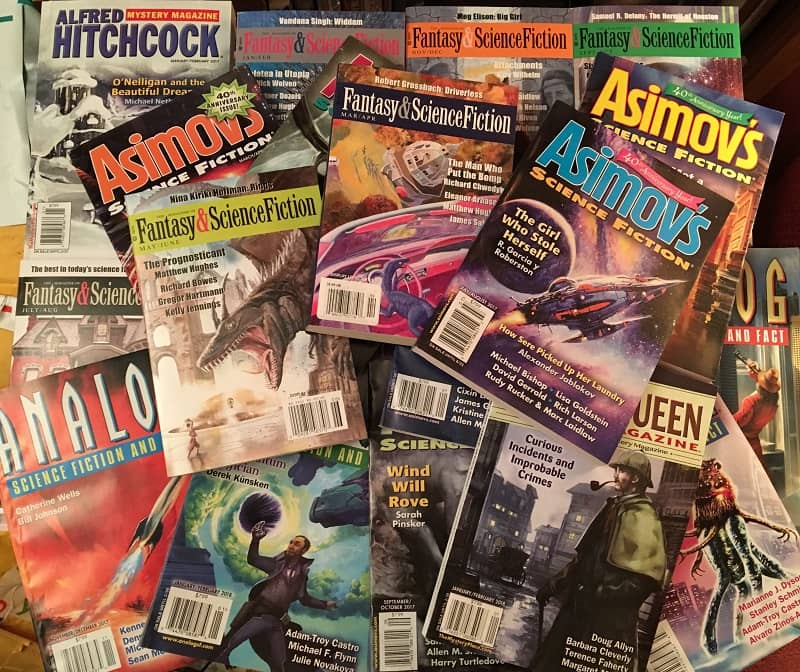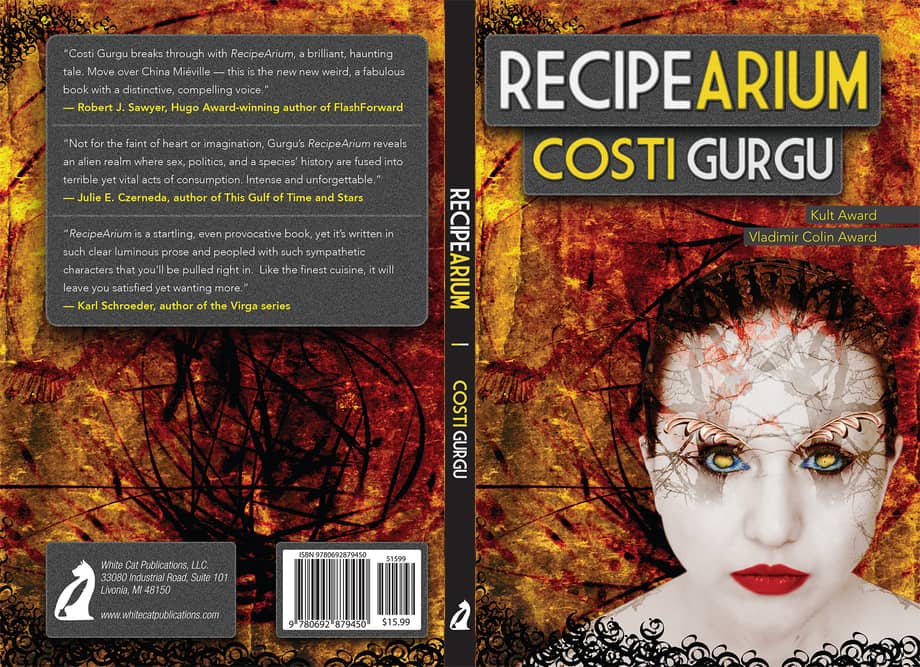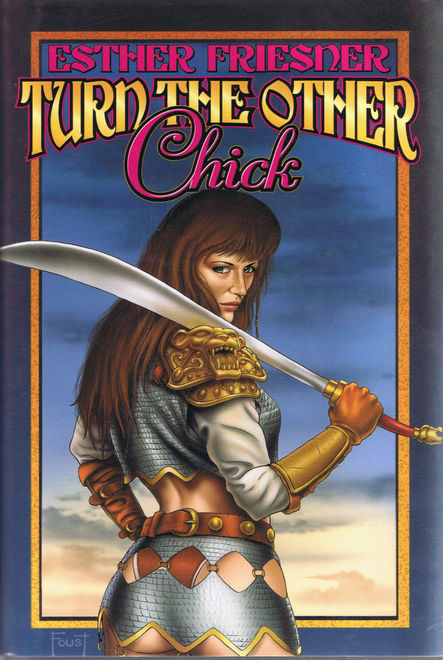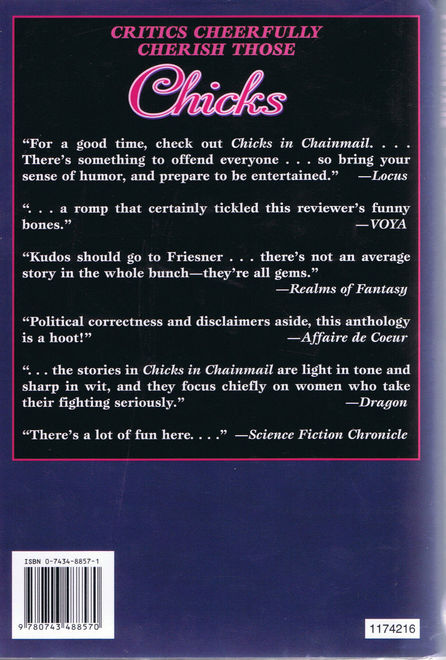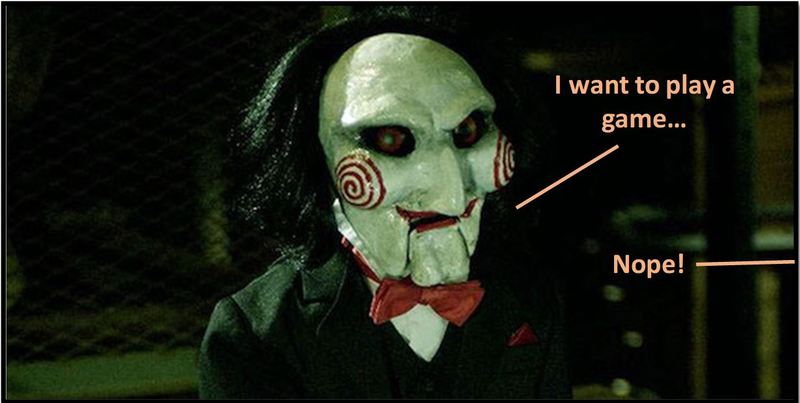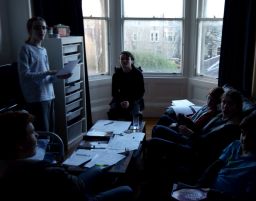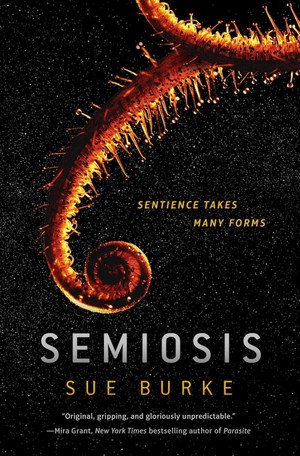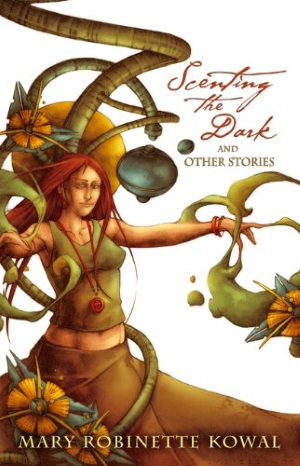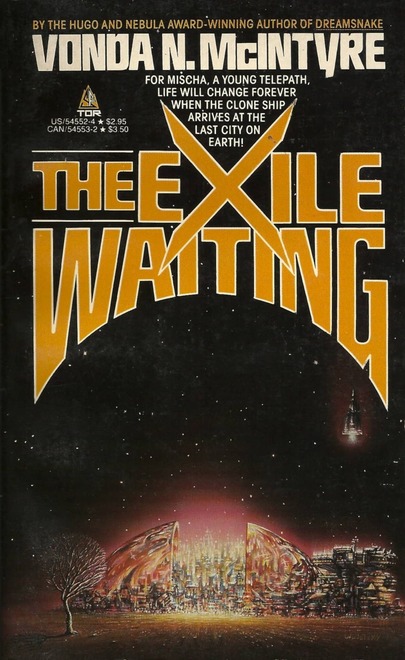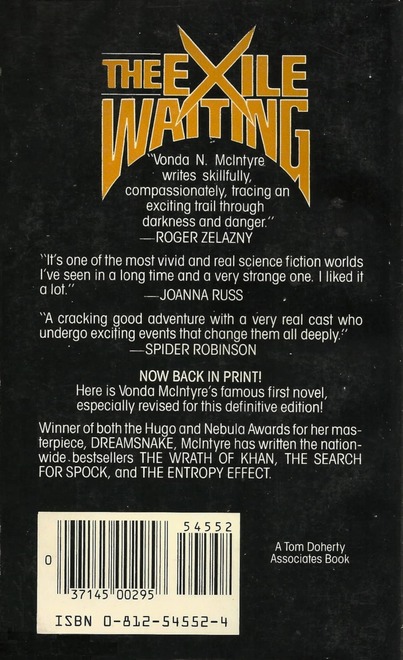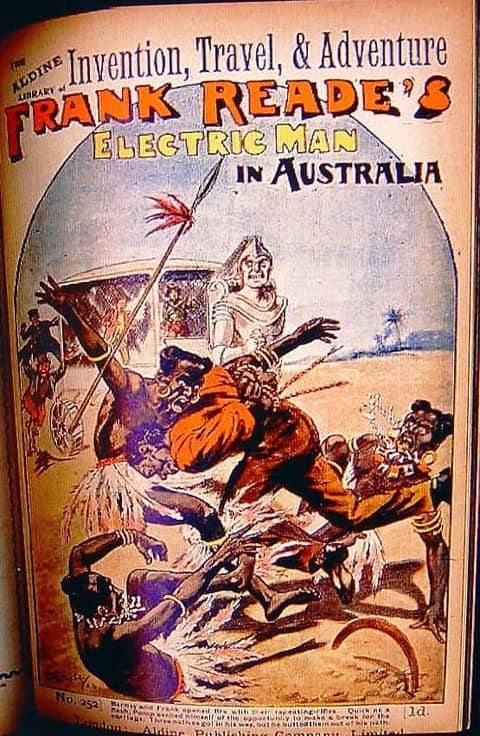Larque Press on Genre Magazine Sales in 2017
Larque Press, publishers of the excellent The Digest Enthusiast magazine, have a look at the Total Paid Distribution for the remaining genre print magazines like Analog, Asimov’s SF, Ellery Queen’s Mystery Magazine (all from Dell Magazines), and The Magazine of Fantasy & Science Fiction.
The release of the Jan/Feb issues of Dell’s digest magazines marks the first year of their bi-monthly, double-issue format. The issues also provide the publisher’s statements of ownership, which include the average number of copies for a variety of categories, over a preceding 12-month period, for the print editions. Magazines print more copies than they sell through subscriptions and newsstands. For the big five digests, excess inventory is offered in Value Packs on their websites. A great opportunity for readers to try out recent issues of a title at a fraction of its regular price.
Dell and F&SF sell far more issues via subscriptions than newsstands. For the most part, combining the two gives you the total paid circulation. However, it’s important to note these numbers don’t include digital sales, which are likely on the rise… Except for F&SF, the year-over-year numbers show declines of ~500–1000. Is this due to thicker, less frequent issues, general magazine publishing trends, distribution challenges, or something else? Without numbers on digital edition sales, it’s unclear.
Analog sold an average of 18,957 print copies of each issue last year, while Asimov’s SF sold 13,320. While these numbers are down from last year, what really impresses me is the marvelous operational efficiencies of Dell Magazines, which continues to streamline operations and sell these magazines at a profit year after year, despite decades of declining print readership. With all the publishing ventures that fail each and every week (such as the dismal news today that venerable Mayfair Games, US publisher of Settlers of Catan and Iron Dragon, is shutting down), I’m continually thankful that Dell Magazines has steadfastly weathered the storm. See our recent review of the Asimov’s/Analog Value packs here, and read more details at the Larque Press website.
